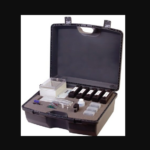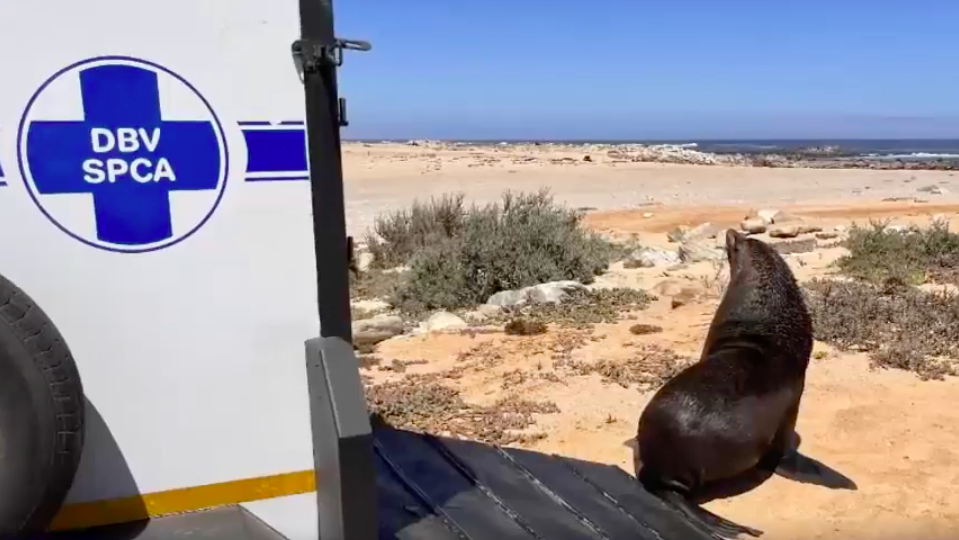
Superyacht hot tubs breeding ground for Legionnaires’ disease

Superyacht managers should be carrying out more frequent testing of potable waters following a spate of outbreaks of Legionnaires’ disease on passenger ships, so says CM Technologies (CMT).
“Hot tubs are a real problem,” says MD David Fuhlbruegge. “Most yachts have them these days, with operating water temperatures of between 37 and 40°C which is the ideal environment for both bathers . . . and Legionella bacteria.”
The company has recently launched a new Legionella test kit for the rapid detection of Legionella bacteria.
Fuhlbruegge says recent incidents have highlighted the dangers of neglecting water system maintenance and testing on superyachts, with spas and pools being flagged up as particular areas of concern. Seemingly a superyacht was recently forced to cancel a charter after an outbreak, guests on another yacht all suffered from gastrointestinal illnesses after consuming contaminated water, and a mega yacht was found to be carrying Legionnaires.
While the pathogen survives in temperatures between 20 to 45°C, the smaller volumes of water used in hot tubs can increase the risk of Legionella growth, which can be spread more rapidly with aeration and water mist.
“It was a real eye-opener, the extent of the problems they were having,” Fuhlbruegge says of a Legionella risk assessment his company carried out recently on a yacht berthed in Barcelona, Spain.
“The financial implications of water contamination can be devastating. Waterborne pathogens like the Legionella bacteria and other faecal-type bacteria such as coliforms, pseudomonas, enterococci, cryptosporidium, and E.coli pose an ever-present risk that requires vigilant monitoring and management. Managers and crews need to treat this as a top priority.”
Fuhlbruegge advocates more frequent testing than the testing mandated by regulations. He believes that traditional water testing methods are problematic. They usually require sending samples to shore-based labs for analysis, which can take weeks before the results are returned, by which time there could be a serious outbreak and therefore too late to take preventative measures.
“Water quality can change rapidly, especially on superyachts that are constantly moving between different locations and environments. Owners need the ability to monitor in real time and not just once or twice a year,” he says.
He also notes that the temperature of water storage tanks requires vigilance, especially when operating in warmer climates. Water should be stored under 20°C and distributed above 55°C. But the problem is tank temperatures often exceed this temperature due to the yacht’s operational profile.
Uwe Krueger (CMT’s joint MD) points out that using the kit can reduce not only Legionella outbreaks, but also subsequent litigation. It offers: “instant, on-site analysis that allows yacht crews to easily identify and address issues before they become a crisis. Frequent, automated testing is key.
“Superyacht crews should be checking parameters like bacteria levels, disinfectant concentrations, and heavy metals on monthly, if not weekly basis. This allows crews to spot trends and take corrective action before problems spiral out of control.
“Simple regular assessment and testing of the potable water system for microbiological activity, biocide (disinfection control) and implementing a correct control scheme (i.e. temperature monitoring), will ultimately reduce the risk of a disease and save lives.”
The post Superyacht hot tubs breeding ground for Legionnaires’ disease appeared first on Marine Industry News.


